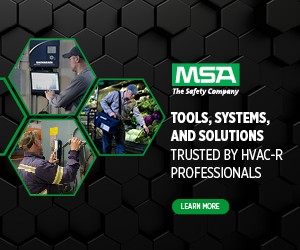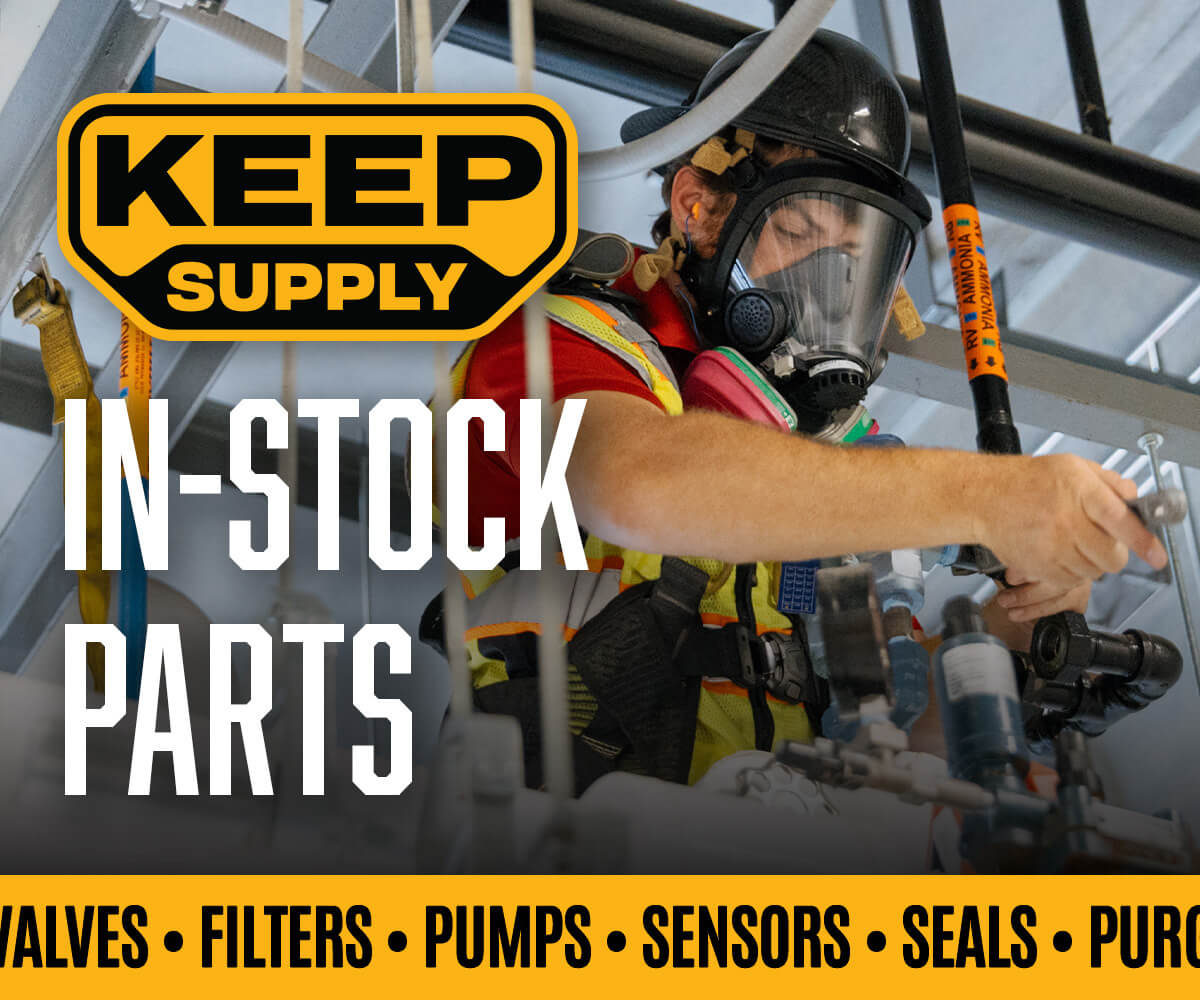Using the Right Type of Monitor for CO2
While most people are aware that CO2 , like nitrogen and argon, represents an asphyxiation hazard, it might not be commonly known that CO2 also influences our breathing and how our body responds to oxygen in the lungs.
Although CO2 is a non-toxic gas, it acts as an asphyxiant and causes oxygen depletion at elevated concentrations. When CO2 concentration rises in the lungs, the space for oxygen decreases, resulting in CO2 intoxication. Because CO2 intoxication is independent of oxygen deficiency, the oxygen content in the air is not an effective indication of a potential hazard.
Therefore, from a safety standpoint, it is important that facilities using CO2 use the right type of monitor in situations where atmospheric monitoring is required or desired. CO2 monitors, not oxygen monitors, should be used in such situations.
“I’ve seen cases where facilities were using an oxygen monitor, believing that was protecting them against a CO2 hazard; but CO2 may affect your breathing and metabolism well before the lack of oxygen becomes a problem,” says Martin Timm, a corporate process safety manager at Praxair, Inc. “Even if the concentration of oxygen is otherwise adequate, an excessive concentration of CO2 can depress your breathing function and cause problems leading to unconsciousness.”
According to the Safety Advisory Council (SAC) of the European Industrial Gasses Association (EIGA), a common cause of serious accidents occurring at CO2 facilities has been due to the failure to recognize the actual CO2 concentration in the working environment.
As established by the Occupational Safety and Health Administration, oxygen monitors must be set to alarm at an oxygen level of 19.5 percent. Once the level drops below that, workers will experience diminished capacity. As CO2 concentration rises, it may reach the IDLH (immediately dangerous to life or health) value of 40,000 parts per million. But at that point, the reading on the oxygen monitor may have only dropped to approximately 20 percent. Therefore, the oxygen monitor alarm would not sound. By the time the oxygen level drops to 19.5 percent, triggering the alarm, the CO2 concentration has risen to 69,000 ppm, or seven percent. At that level, unconsciousness may occur in less than one minute and further exposure may result in death.
“Even if the concentration of oxygen is otherwise adequate, an excessive concentration of CO2 can depress your breathing function and cause problems leading to unconsciousness.”
–Martin Timm, a corporate process safety manager at Praxair, Inc.
“You may be over the IDLH for CO2 but the alarm on the oxygen monitor has not gone off,” Timm says. “The oxygen monitor can give you a false sense of security. If you have determined through a hazard evaluation that you need protection against a possible accumulation of CO2 , make sure you’re using a gas-specific CO2 monitor. Don’t rely on just an oxygen monitor.”
Additional details and information on atmospheric monitoring for CO2 can be found in documents published by the Compressed Gas Association (CGA) in the United States, and by the European Industrial Gases Association.
For example, CGA’s publication G-6, “Carbon Dioxide”, contains a section on safety. EIGA has published document 24/17 “Carbon Dioxide Physiological Hazards, Not Just an Asphyxiant.” While neither document is targeted at the industrial refrigeration industry, each provides relevant safety information for our industry.
CO2 has been in use in the food and beverage industry and in general industry for a very long time, and its characteristics are well known to the traditional users. Since CO2 is now experiencing a resurgence in industrial refrigeration applications, it is important that our industry not only understand the obvious benefits that are driving its increasing use, but also be reminded of the requirements for its safe application. Those requirements include using a monitor specific to CO2 , when monitoring for CO2 is required or desired.















